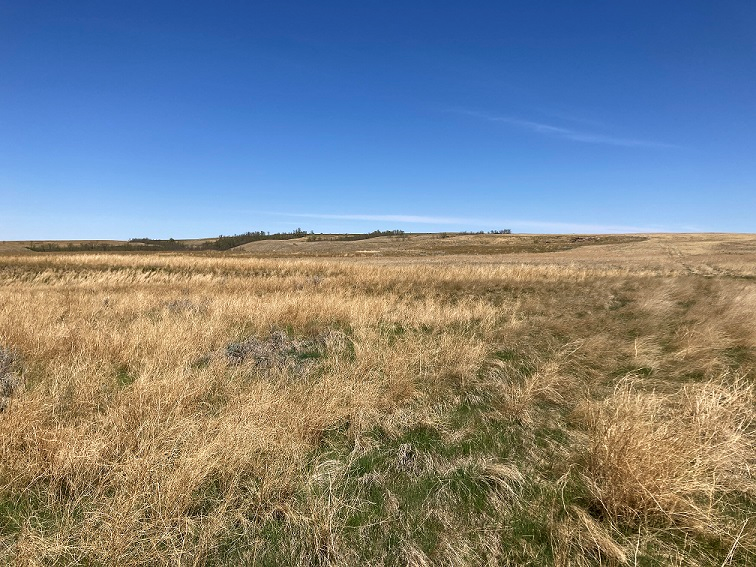The extended period of hot and dry weather conditions during the July 6 to July 12 period has taken a toll on many crops in the northeastern region.
Yield potential has already been impacted with many crops showing symptoms of heat stress. Some crops are thin, stunted, are prematurely advancing and drying down. Even areas that received more rain throughout the spring are reporting that their crops are beginning to deteriorate rapidly and show more signs of heat stress. Crops are rated as good to poor across the region. Thirty-one per cent of fall cereals, 58 per cent of spring cereals, 58 per cent of oilseed and 71 per cent of pulse crops are rated as being in their normal stage of development.
Very little rainfall was received last week, ranging from trace amounts to 14 mm in the Emma Lake area. The Hudson Bay area received 10 mm and the Arborfield area received four mm.
Topsoil moisture across the region has severely deteriorated from last week. Cropland topsoil moisture is rated as eight per cent adequate, 57 per cent short and 35 per cent very short. Hay and pasture land is rated as seven per cent adequate, 59 per cent short and 39 per cent very short. Rainfall is desperately needed in the region to help crops set and fill seed.
Twenty-eight per cent of hay has now been cut in the region with 49 per cent baled or put into silage. Hay quality is rated as 69 per cent good, 23 per cent fair and eight per cent poor. Yields at this time are expected to be lower than normal, although some wetter areas are hoping for average yields
The majority of crop damage this past week is due to lack of moisture, strong winds, gophers and insects such as grasshoppers.
Producers are busy haying, fixing equipment, applying fungicides if warranted and hoping for rain.
The Northeastern crop report, provided by the provincial government, covers Hudson Bay, Tisdale, Melfort, Carrot River, Humboldt, Kinistino, Cudworth, Aberdeen, Prince Albert, Choiceland and Paddockwood areas.
East Central Saskatchewan
Like many other areas of the province, the extended period of hot and dry weather has caused significant damage to crops in the east-central region.
Any crops that are flowering during the high temperatures will be severely impacted, especially canola crops as heat blasting and heat stress is apparent in many fields. The damage is now irreversible with many crops being thin, stunted and prematurely ripening. Without significant moisture to replenish the topsoil the crops may not have enough moisture to properly set seed. Crops in the region are rated as poor to good. Forty-five per cent of the fall cereals, 69 per cent of the spring cereals, 64 per cent of the oilseed and 69 per cent of the pulse crops are in their normal stages of development.
While most of the region received small amounts of rain, the Foam Lake area reported 64 mm, the Humboldt area 32.6 mm, the Kuroki area 27 mm, the Craven and Lipton areas 20 mm, the Yorkton area 14 mm and the Rose Valley area four mm.
The topsoil moisture conditions for the region have changed very little since the previous week. Cropland top soil moisture is rated as 20 per cent adequate, 41 per cent short and 39 per cent very short. Hay and pasture land is rated as 14 per cent adequate, 40 per cent short and 46 per cent very short. Like all other regions in the province the east-central is in desperate need of rainfall to help later seeded crops set seed.
Thirty-one per cent of the hay crop has now been cut and 27 percent has been baled or put into silage. Hay quality is rated as three per cent excellent, 53 per cent good, 20 per cent fair and 24 per cent poor. Yields are predicted to be less than normal especially in areas with sandier soils and where less rainfall was received.
The majority of crop damage this past week is due to lack of moisture, strong winds, gophers, grasshoppers and a severe hail storm that caused widespread damage.
Producers are busy haying, spraying for grasshoppers, fixing equipment and hoping for rain.
The East Central crop report, provided by the provincial government, covers Watrous, Melville, Yorkton, Cupar, Kamsack, Foam Lake, Preeceville, Kelvington, Lumsden, Craik and Clavet areas.



